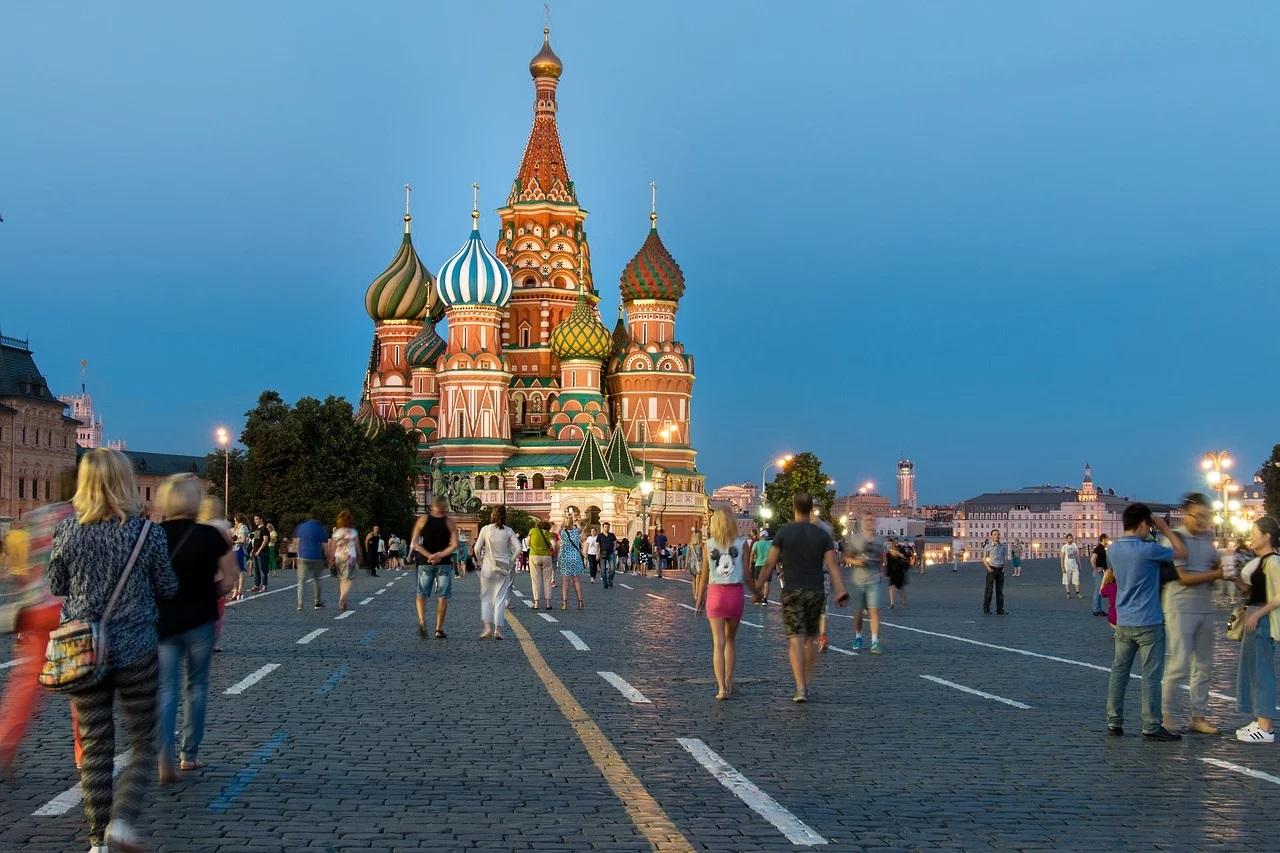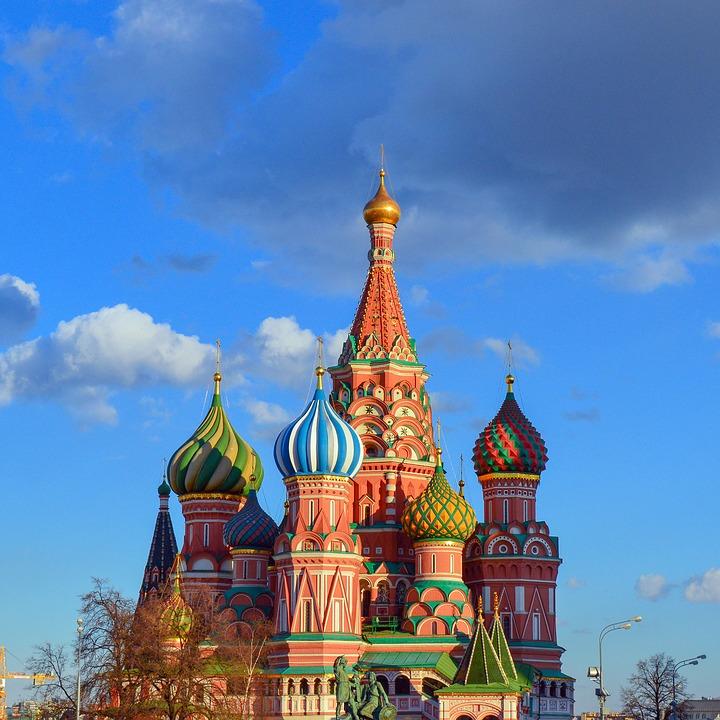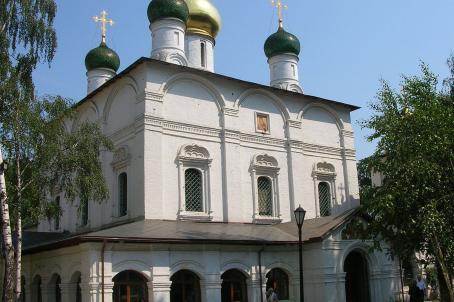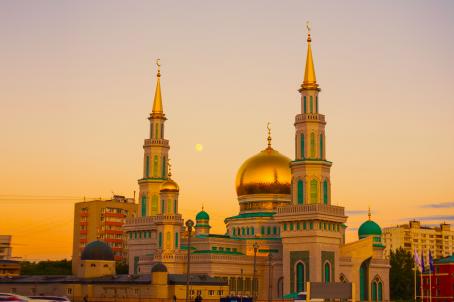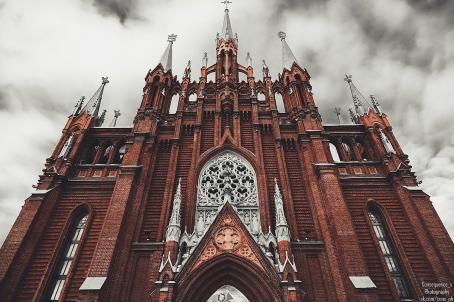Saint Basil's Cathedral
The Cathedral of Vasily the Blessed, commonly known as Saint Basil's Cathedral, is a Christian church in Red Square in Moscow, Russia and is regarded as a symbol of the country. The building, now a museum, is officially known as the Cathedral of the Intercession of the Most Holy Theotokos on the Moat. It was built from 1555 to 1561 on orders from Ivan the Terrible and commemorates the capture of Kazan and Astrakhan. It was the city's tallest building until the completion of the Ivan the Great Bell Tower in 1600. The original building, known as Trinity Church and later Trinity Cathedral, contained eight churches arranged around a ninth, central church of Intercession; a tenth church was erected in 1588 over the grave of venerated local saint Vasily (Basil).
The building is shaped like the flame of a bonfire rising into the sky, a design that has no parallel in Russian architecture.
About this building
N/A
